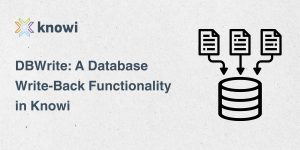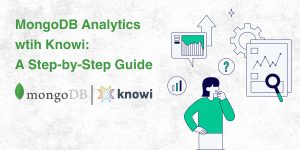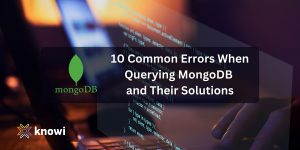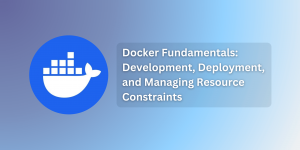Time to Rethink Business Analytics Architectures
I said to a friend not too long ago that I’m going to do a new Business Intelligence startup. His response was, “Just what the world needs, another BI solution.” After telling him to stop being a nitwit, I realized that I would have to answer this question: Why the world needs another business analytics tool? Well, it doesn’t. Not in the sense you are thinking, anyway. Let me explain.
When someone says BI or data analytics tool, I would hazard to guess you think about data visualizations and dashboards. However, to get to the point you can do visualizations and create awesome looking business dashboards, your data has already been moved, transformed, aggregated, moved, joined, and moved again until it finally lands in a prepped relational form in a SQL-friendly database. Traditionally, BI tools have left much of the heavy lifting for data analytics to middleware and data integration tools, like Talend, which extract-transform-load (ETL) data from various sources to a staging/reporting area.
That worked great ten years ago when data was relational, structured and prepped but the data stack has completely changed in the last seven years. Now you’ve got SQL databases co-existing with NoSQL databases that are workload optimized. You’ve got Elasticsearch for searches on large sets of data and MongoDB for storing general purpose semi-structured data, along with REST API’s. At the same time, with over 40 years of history, relational databases aren’t going away. They are going to remain in the enterprise for the foreseeable future.
So while in the past decade, data itself have massively evolved, business analytics tools, even newer Cloud BI solutions, have not. They are still architected for smaller, structured, prepped relational datasets. The result is fragmentation of enterprise data architectures to include various analytics, data integration, and data prep solutions to handle the gap between what traditional BI tools can handle and the reality of modern data stacks that include structured, semi-structured and unstructured data.
Now, look at what you’re are trying to accomplish with your data analytics in the next few years. Most enterprises understand their data is becoming a valuable asset. How well you leverage it will positively or negatively impact your future competitiveness. Competitive advantage will come from transitioning to a data-driven enterprise, creating new data products and services and driving actions with real-time analytics. But to get there, your BI tools have to work with data that is essential to you no matter its source, size or speed.
I know almost all the existing BI tools claim to support modern data with their “native” connectors and drivers, etc. The reality is these drivers use ODBC frameworks which were built 20 years ago for relational data. The whole point of their existence is to have some sort of translation layer BI tools can understand. What I mean by “understand” is a column and row model. But that model is no longer applicable because data is no longer structured this way. Trying to use them for unstructured or semi-structured data is like putting a square peg in a round hole.
Enterprises who have a multitude of data sources are still ironing out how to get a unified view of all their data to support data agility and, more importantly, experimentation. I would argue to achieve the level of data agility required for digital transformation, you have to significantly reduce, if not eliminate, ETL processes and tools involved. Once you can provide an enterprise-wide unified view of data, that becomes the fundamental building block into like predictive analytics & machine learning, natural language queries, prescriptive actions, etc. The difference from what we see today is business analytics innovations are applied enterprise-wide not just in one or two departments for specific use cases.
In short, the world doesn’t need another BI tool, it needs an analytics platform that completely rethinks data and analytics architectures for modern data. Where ETL is minimized, if not eliminated. Where any kind of data can be analyzed and insights are visualized instantly, anywhere. Where business users interact with business analytics naturally and where data drives actions at all levels of your organization. Where companies can embed analytics easily to drive new monetization opportunities using their data. Where historical data can seamlessly combined with Machine Learning to drive insights and actions.
Business leaders understand that analytics can transform their business. Now it’s time for analytics vendors to build the platform to get them there. Our vision for Knowi is to lead the next wave of data analytics solutions that completely change how enterprises build, interact, predict and monetize their data.
Sign Up for your Free Trial here.






